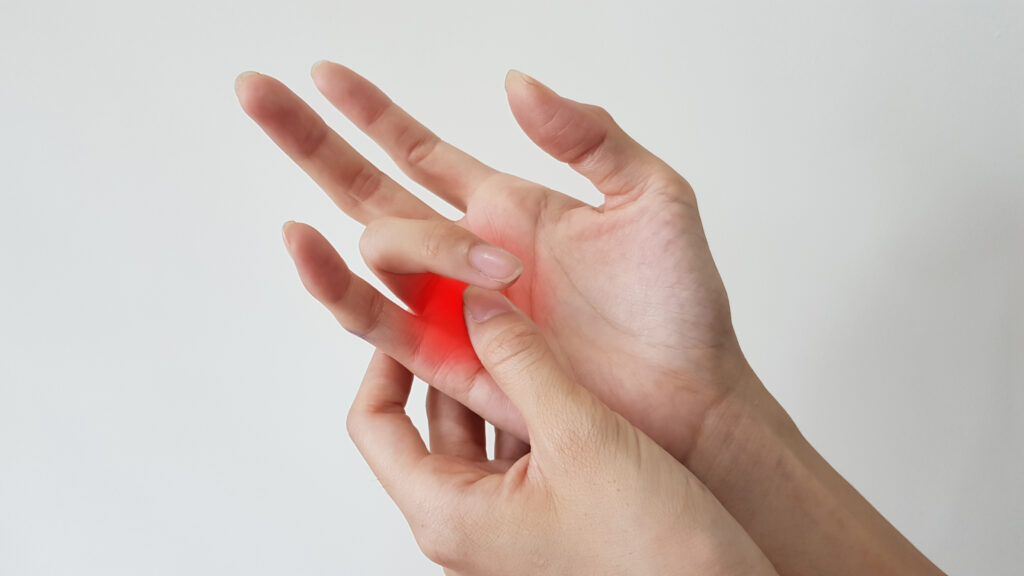Trigger finger is a painful condition that can significantly affect your routine activities. This condition affects the fingers, making it painful for you to bend or straighten them. Trigger finger is caused by inflammation of the tendons you use to flex your fingers. Read on to learn about the symptoms of trigger finger and what you can do about it.
Most people suffering from trigger finger experience persistent soreness around the base of the thumb and fingers. In addition, you might notice a lump in the palm area at the base of the fingers.
These symptoms should prompt you to seek medical help before the condition progresses. In its advanced stages, trigger finger locks your finger in place, making it significantly challenging to bend or straighten.
What is Trigger Finger?
Trigger finger – also known as stenosing tenosynovitis – is a condition affecting the tendons along your thumb and fingers, interfering with your ability to flex or extend them. The tendons pass through pulleys at each finger joint, allowing you to uncurl your finger and fold it.

However, when you have trigger finger, the tendon – in its lining (the tenosynovium) – has difficulty smoothly gliding through the first pulley. As a result, you might experience pain and soreness at the base of the thumb or finger.
Other symptoms of trigger finger develop as the condition worsens, limiting your thumb and finger movement.
Symptoms of Trigger Finger
If you have trigger finger, you might experience the following symptoms:
- Pain at the base of the thumb or affected finger
- Locking and catching in the finger when flexing or extending it
- Noticeable snapping feeling in the first joint linking the finger or thumb to the hand during flexion and extension
- A lump at the base of the affected finger or thumb, at the top of the palm
- Tenderness at the A1 pulley – the ligament at the first joint of the thumb or finger
- Pain along the length of the thumb or finger in question
- Stiffness in thumb or finger, especially if treatment is delayed.
It’s advisable to seek professional help if you experience any of these symptoms. Sometimes, it can point to other hand-related conditions like carpal tunnel syndrome or Dupuytren’s contracture.
How to Treat Trigger Finger
In some instances, the pain and stiffness might ease away without treatment. But, on the other hand, your finger or thumb can become stiff and bent permanently.
Your doctor might recommend conservative non-surgical treatment or surgical intervention, depending on your condition.
Non-surgical treatment options for trigger finger include:
- Rest from repetitive activities involving a tight grip
- Ice on the affected finger or thumb
- Putting on a splint to keep the affected digit in place
- Local corticosteroid injections into the thumb or finger
- Hand therapy
If conservative treatments offer no relief, your doctor might recommend trigger finger release surgery. This is a relatively routine operation done under local anaesthesia.
As such, you can return to your normal activities within a few days. However, full recovery usually takes four weeks to 6 months, depending on the severity of the condition.
If you have the symptoms discussed above and want to explore trigger finger treatment options, book a consultation with a hand specialist at the Harley Clinic today.
Interested in learning about the latest cosmetic surgery? Read our ultimate guide to Plastic Surgery Statistics.













